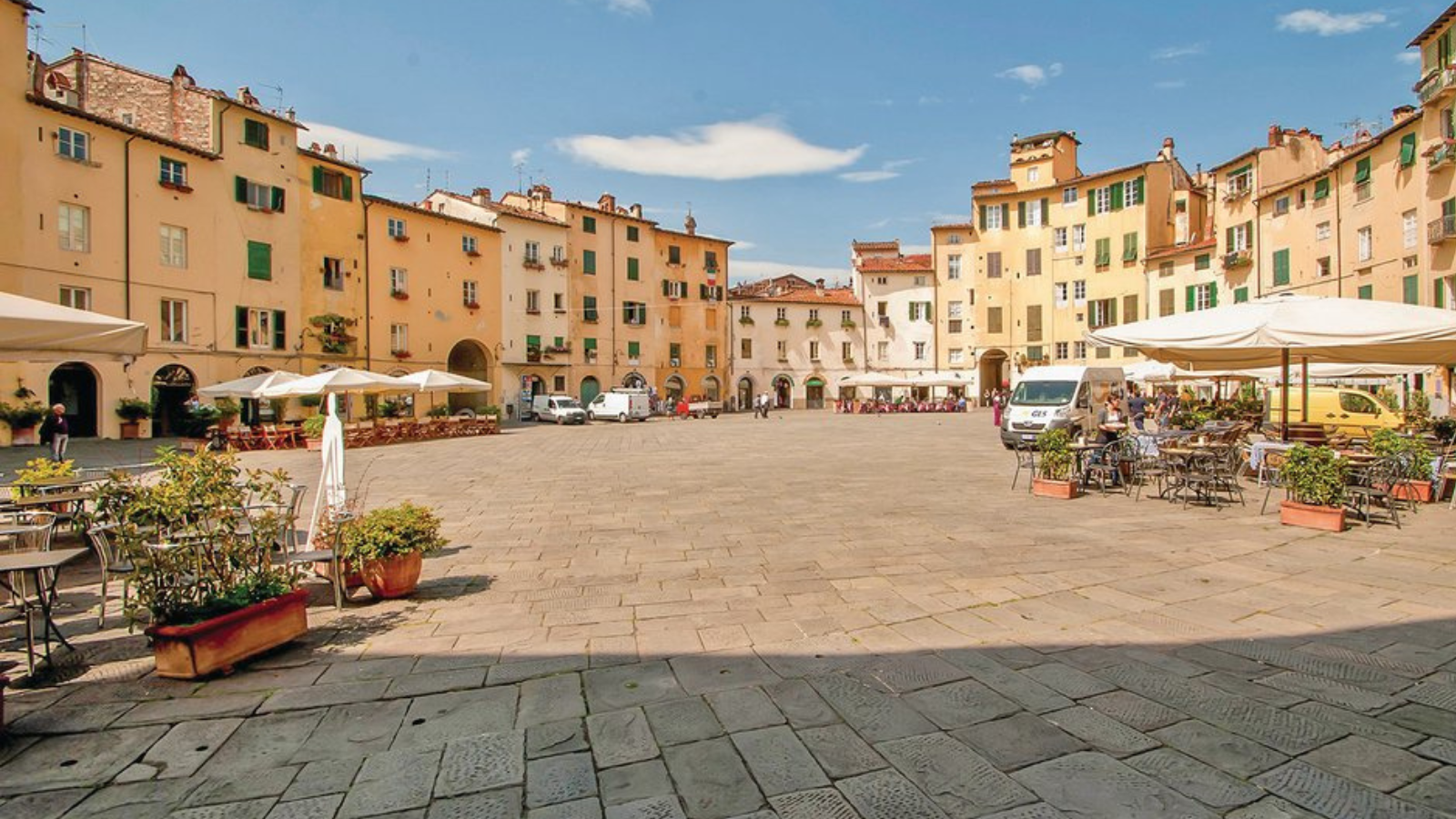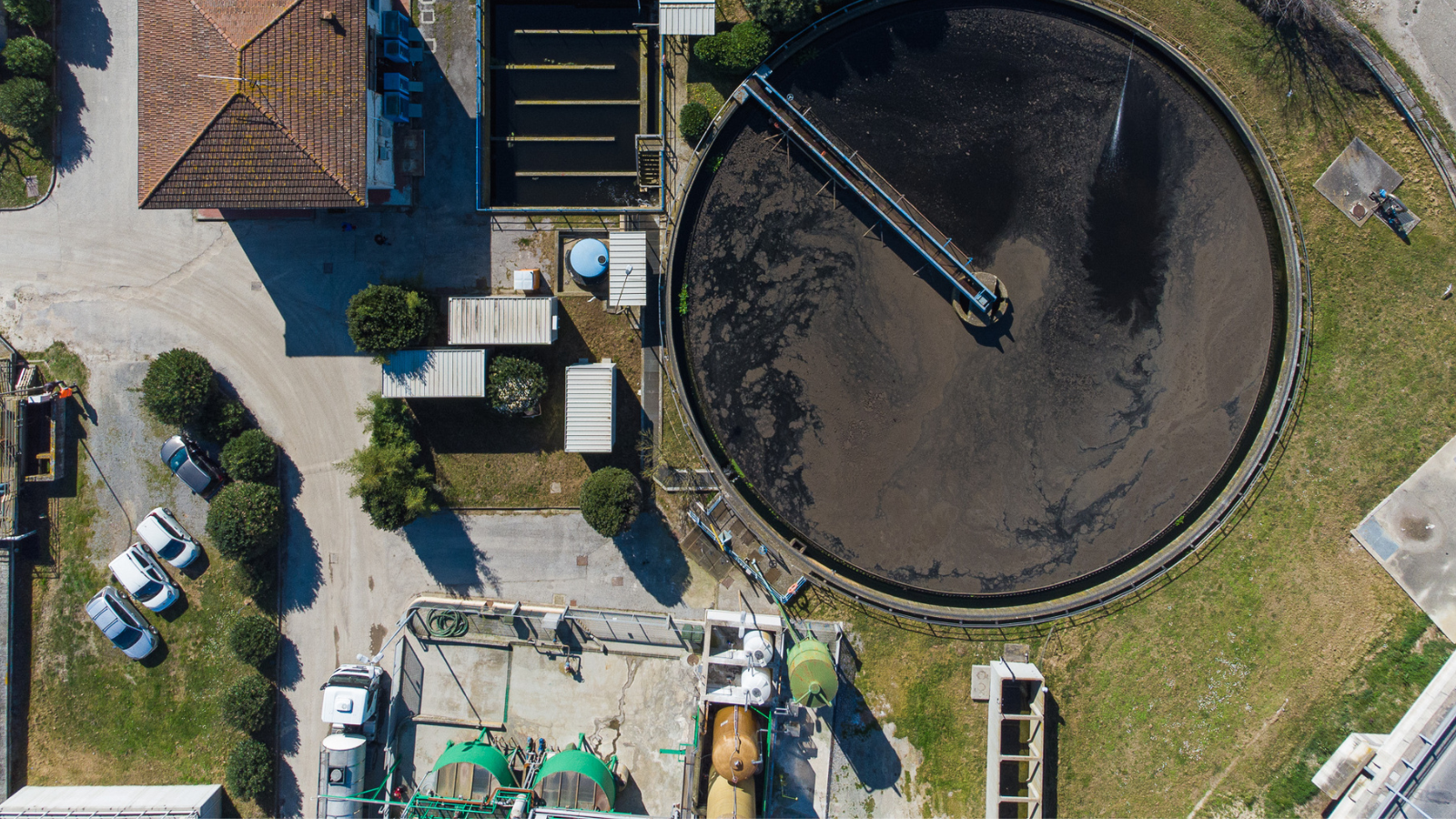Local stakeholders: Acque s.p.a., Municipality of Pontedera, Autorità Idrica Toscana 95% of the city of Pontedera (4.6 sq km) has a sewer system that extends 75 km, directing wastewater to the Pontedera wastewater treatment plant (WWTP). The remaining 5% goes to a different WWTP not considered in this project. The data on area production, land use, combined sewage systems, and a mix of urban and industrial areas make Pontedera a good case for nature-based solutions (NBS). There are a few combined sewer overflow facilities (CSOs) in the sewage systems, releasing up to 150,000 cubic meters of untreated water yearly. During rainy weather, the three spillways in Pontedera’s sewer system, including the main one near the plant, overflow. This results in polluted water being discharged into the Scolmatore Arno and Fiume Era rivers. The main spillway is near the WWTP, where a pilot NBS system will treat the overflow before reaching the Scolmatore dell’Arno, an artificial flood control channel from Pontedera to the Ligurian Sea. Aerial view of case study area Sewer facilities Analyse the operational processes of sewer networks to understand and quantify their aspects. Assess qualitative aspects and identify Contaminants of Emerging Concern (CECs) and other pollutants. Measure the impact on the final sections of the sewer network district caused by sub-districts conveying emerging pollutants (e.g., industrial or agricultural areas, yards, or parking lots, etc.). Determine the most suitable Nature-Based Solutions (NBS) and identifying areas for its application based on the specific type of urban pollution. Implement and assess the effectiveness of hybrid Nature-Based Solutions (NBS) systems, such as bioretention basins and swales, to treat emerging contaminants (CECs) before releasing overflow into the environment Test and validate the project results in a relevant environment. Assess the replicability of the project results. High-resolution methods for suspect and NTS for CECs Developed by VCS Online sensors for water pollutants Developed by INL Laboratory MCDA applied to dynamic design of hybrid urban drainage solutions Developed by the University of Cantabria DSS applied to hybrid urban drainage solutions, ABM and social network analysis Developed by ITG Simone Lippi (Acque S.p.a) s.lippi@acque.net Odense, DenmarkPontedera, Italy
Led by University of Florence



Objectives
Solutions implemented
Contact
More D4RUNOFF case studies…


